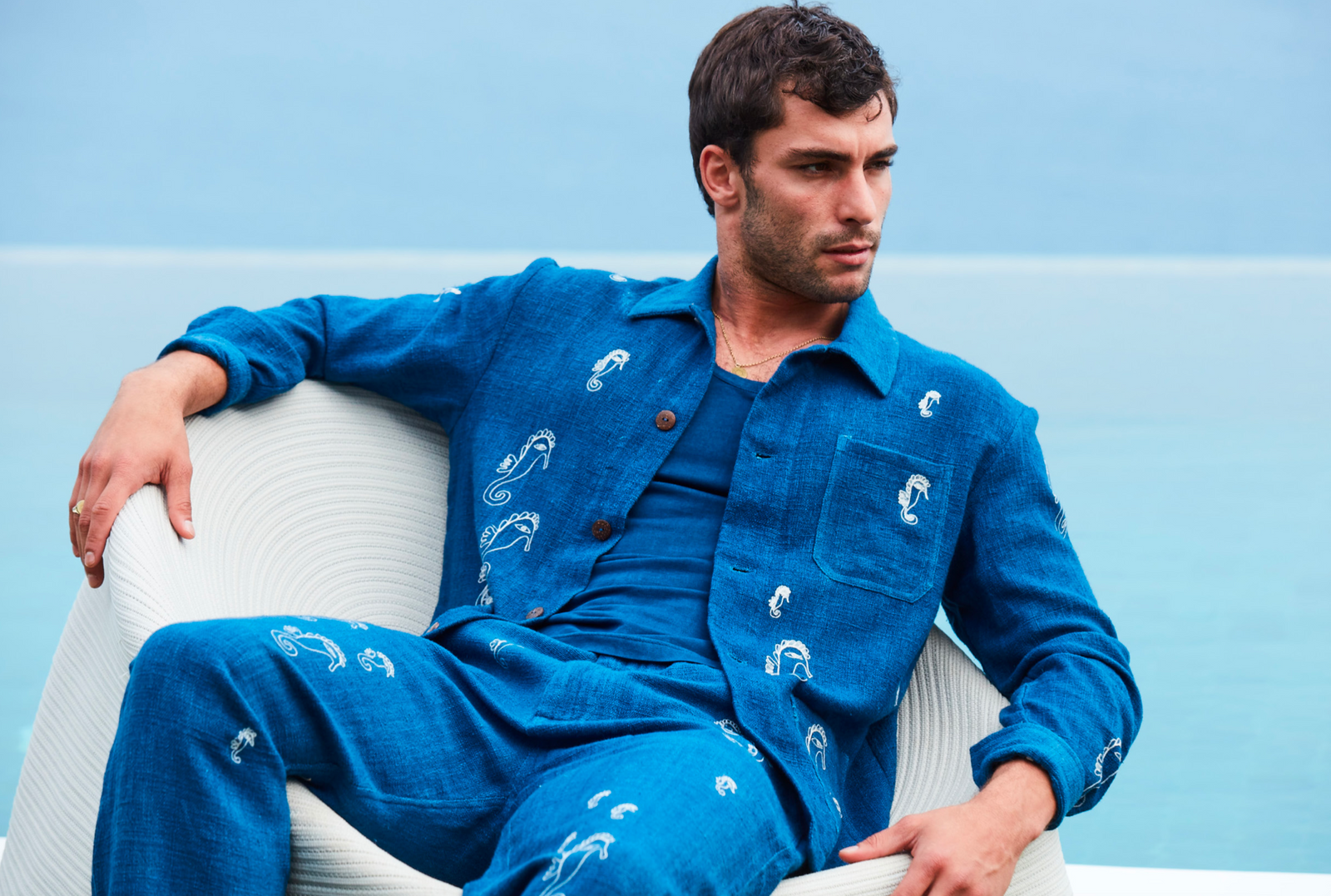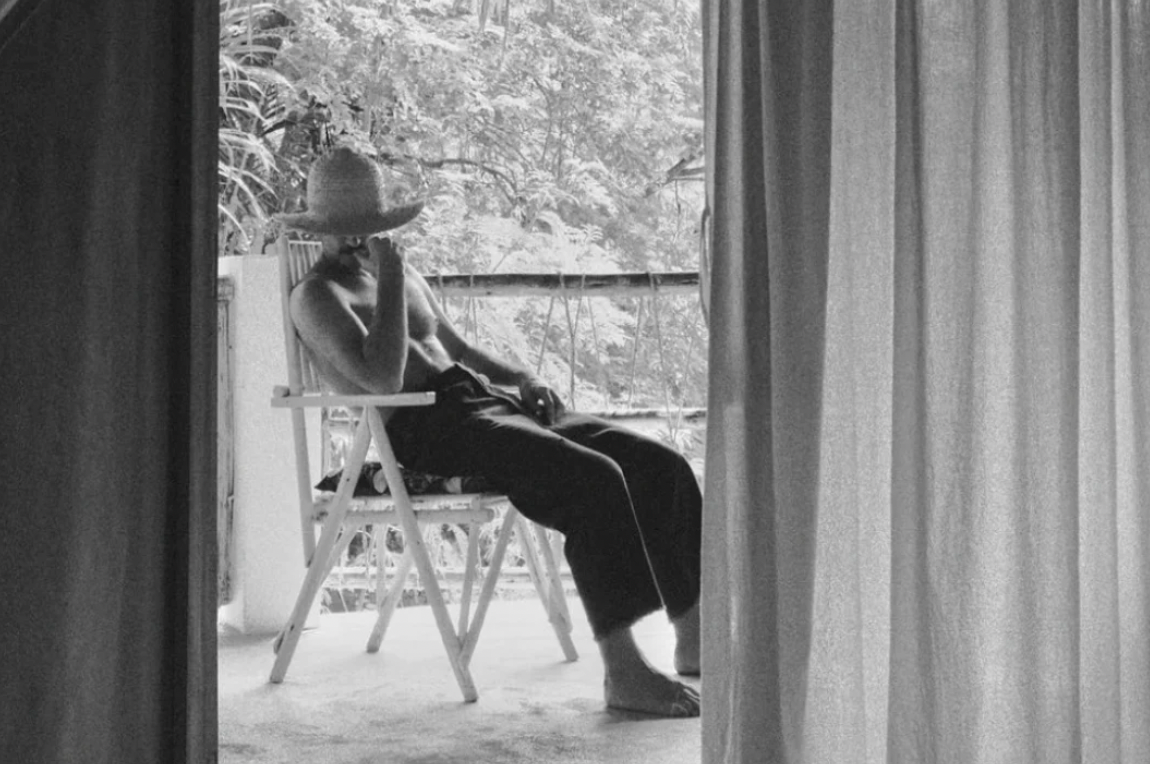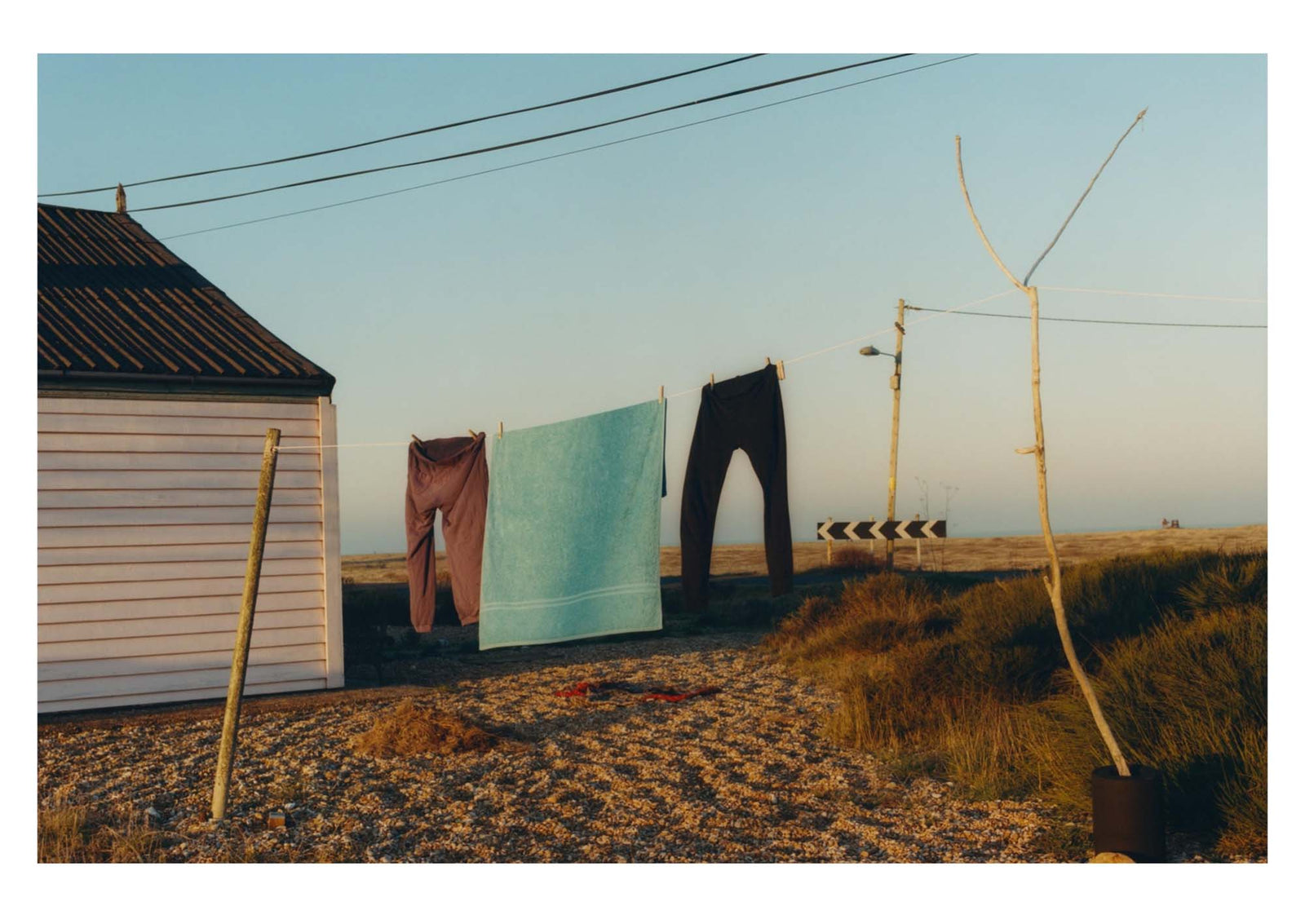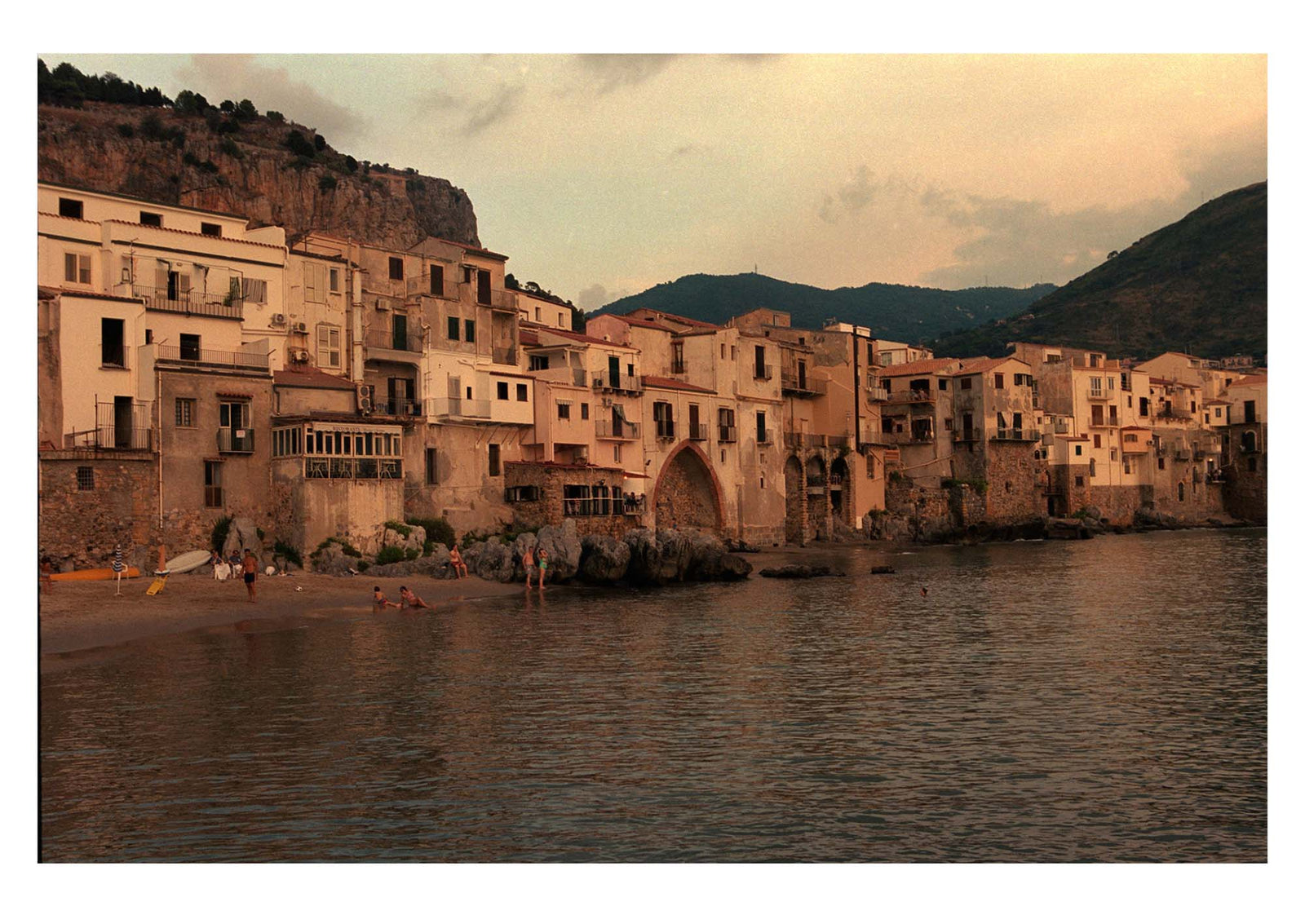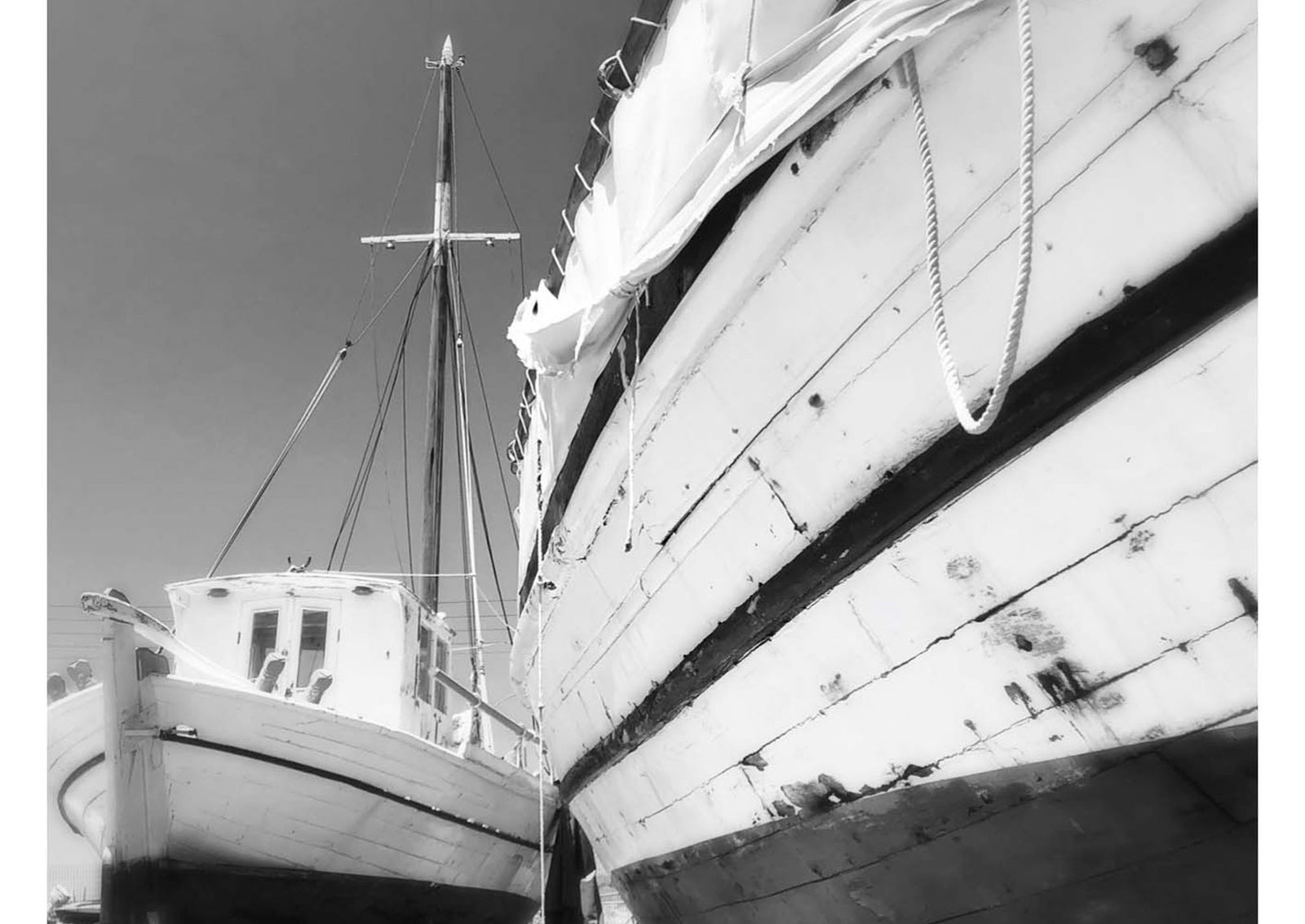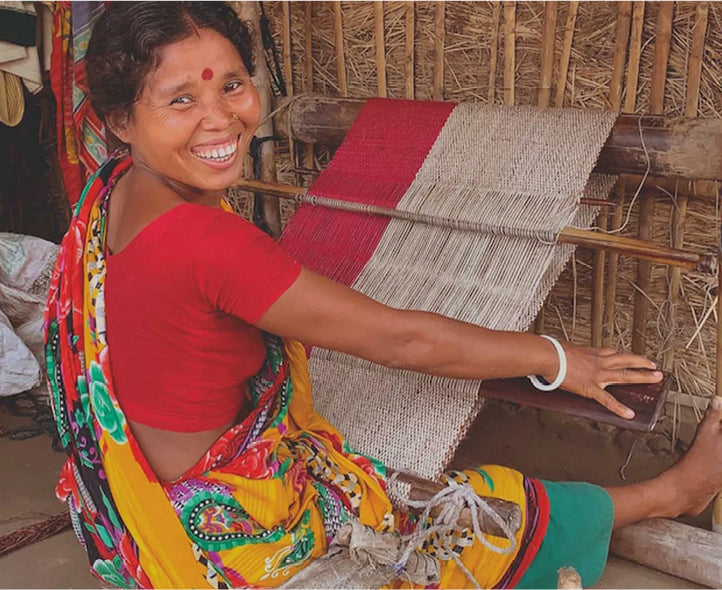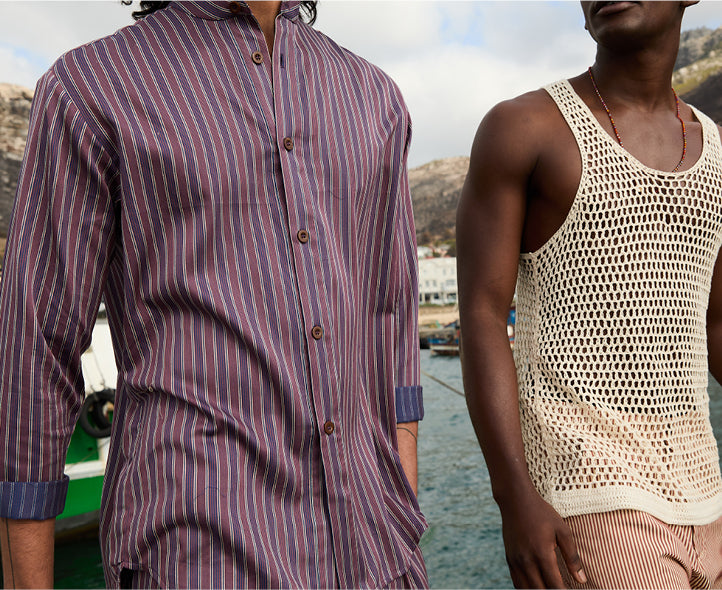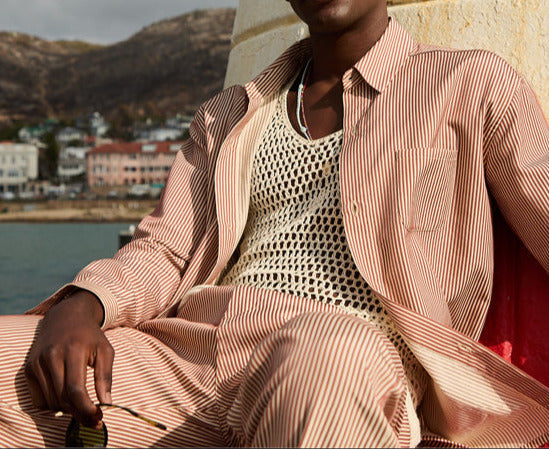Ever since rock’n’roll’s kaftan-wielding demi-monde descended on the Moroccan city in the 1960s, Marrakech has become a pilgrimage spot for bliss-seekers the world over. Whether meandering through labyrinthine souks, barely changed in centuries, finding sanctuary in shaded riad courtyards or on sun-lit terraces, or escaping the ancient city entirely and dining under desert stars, it’s impossible not to be seduced by Marrakech’s many charms.

